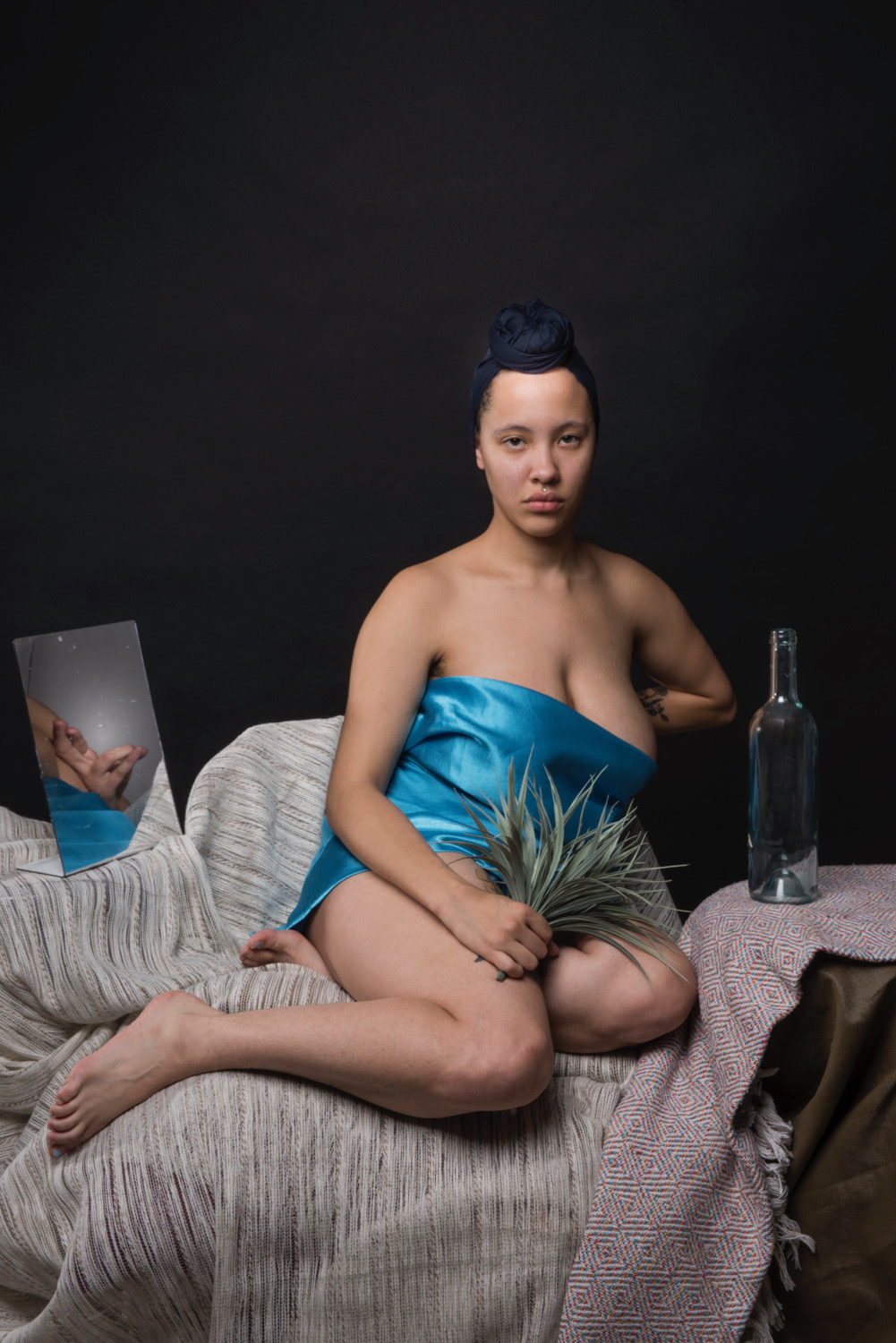Last Updated on 07/25/2020 by Dan Ginn
All images used with permission.
“People know when you don’t care about what you do as an artist,” explains Larissa Ramey. She adds, “photography is my passion, and I want that to be front and center with my work.” Ramey falls into the category of being both a photographer and a model. Speak to most photographers and you will soon learn this isn’t as common as you may think. Both disciplines require a certain set of skills, some of which cross over. Photographing a model isn’t easy, nor is being photographed by photographer. Yet Ramey, who seamlessly takes to both art forms, has managed to create a body of work that is equal in both quality and meaning. Eager to learn about her process on both sides of the camera, we spoke to Ramey, asking her to bare all – in the creative sense, of course.
Phoblographer: Hey, Larissa! Tell us a little bit about your journey. Are you a model turned photographer, or a photographer turned model?
LR: Hi! I am a multimedia artist who primarily works with photography. My works display themes about race, identity, heritage, and body image. I graduated with a Bachelor of Fine Arts Degree with a concentration in photography from the Pennsylvania College of Art and Design in 2019.
I do work that challenges me to explore the relationships, environments, and roles of my identity as a biracial woman and artist. The act of documenting and interpreting levels of my identity through portraiture has given me the ability to pass through experiences and expand upon my own self-worth while acknowledging my heritage, ancestry, and the present. Portraiture is a way to capture the intimate and subtle ways in which I have carved out my identity and perspective of what being black means to me as an individual.
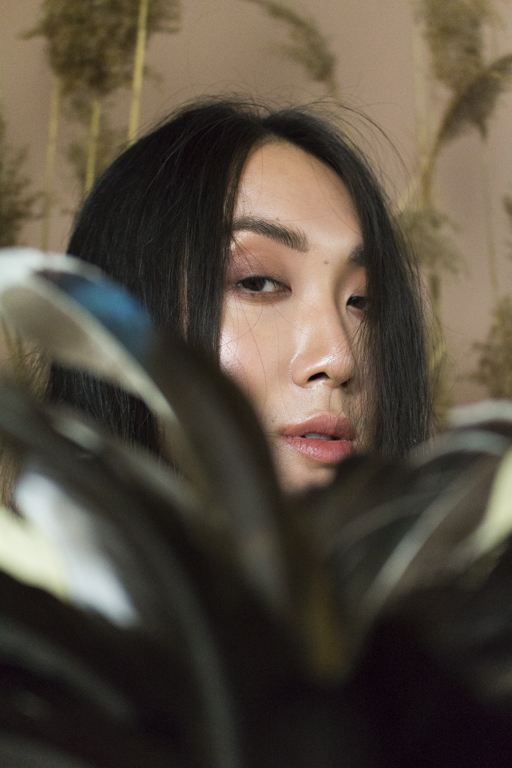
I like to say I am a photographer, through and through, however, I rekindled my passion for modeling after taking self-portraits and shooting with very talented people I met while in college. For years I wanted to be able to gain a different perspective as a creative and had a go at modeling – both stuck.
Phoblographer: Where do you feel most comfortable, behind the camera or in front of it?
LR: I feel most comfortable behind the camera. For example, I love the way portraits give me new perspectives and allow me to capture new lives. The abundance of diversity and history an image can bring is very enticing to me, so being able to work with different elements from lighting to model to the location is fun for me to navigate. I choose to create a scene and learn about the subjects that come in front of my lens. It’s important for me to have collaboration, a theme, a spark of color, or a moment that draws me in and guides me to take a shot.
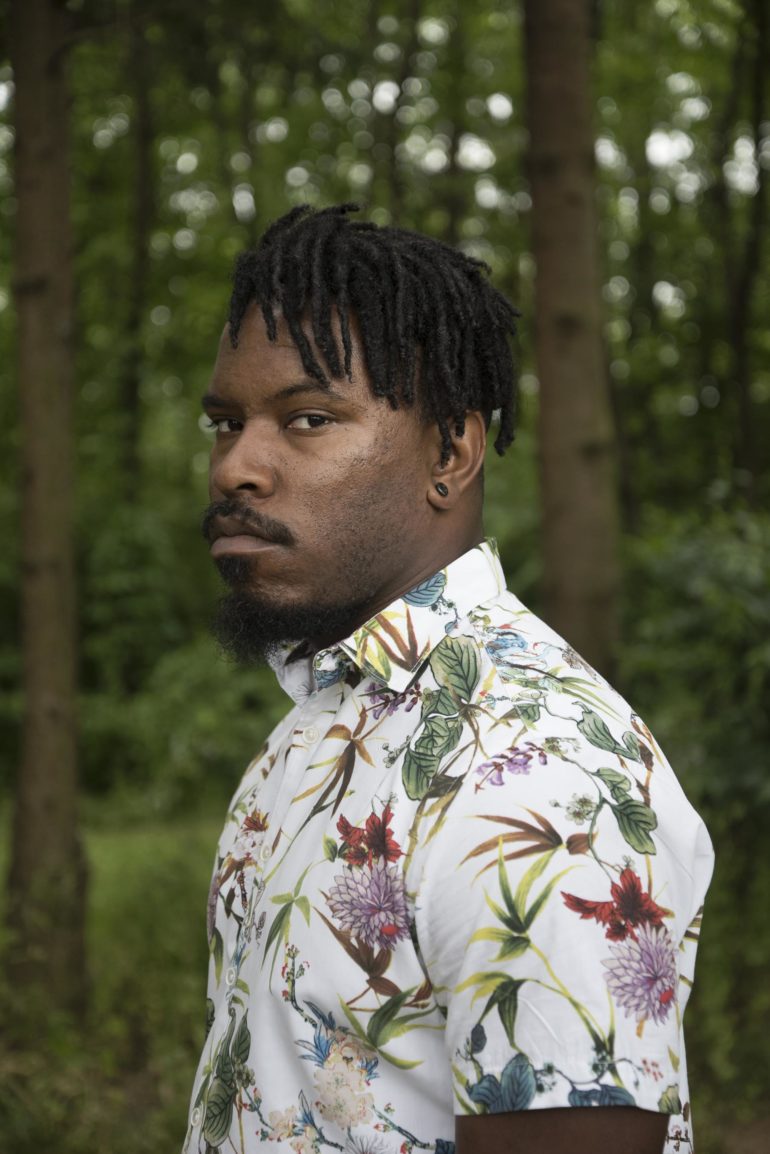
Phoblographer: What’s the biggest challenge for a model?
LR: The biggest challenge, in my opinion, is setting yourself apart from others. As a model, I take pride in coming to a shoot prepared with looks, poses, ideas, and am always ready to collaborate. I find that if you can find your strengths, such as your best angles, colors, and by taking the time to know the photographer, together, the images can really make a stance.
“Right now, I am dedicated to learning and putting true action and care into how a platform is used and how my art can impact change.”
— Larissa Ramey
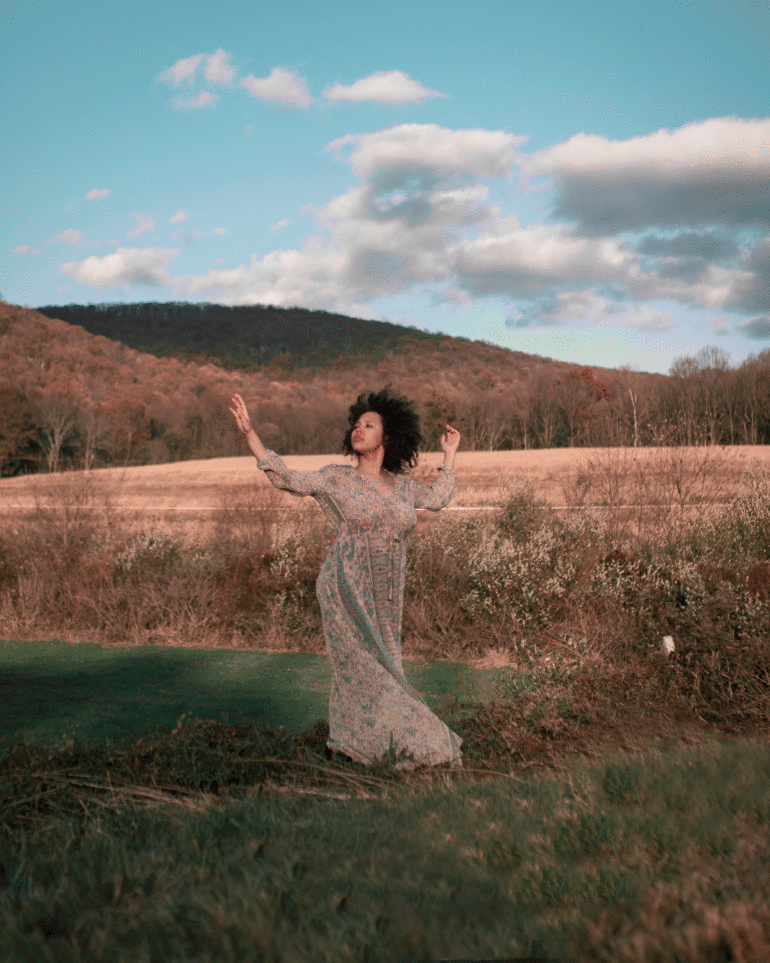
Phoblographer: What is the biggest challenge for a photographer shooting models?
LR: Being a photographer, I would say the same applies in terms of understanding what you are striving to create during a shoot. A theme, consistent color scheme, even the same equipment is used within the shoot. I can’t say this enough but being dedicated, professional, respectful, and knowing your strengths are big key factors.
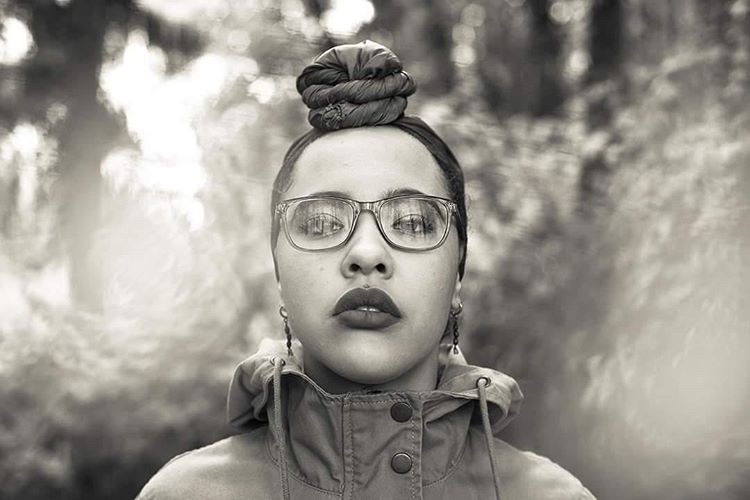
Phoblographer: How has your modeling experience impacted the way in which you guide and interact with models during a shoot?
LR: It has changed my outlook completely. I chose to put myself in both roles to educate myself on how I could be better for my own growth and to keep up with the high demand for being original and authentic. Both photographers and models need to feel comfortable, confident, and have communication; without those things, true collaboration can be hard. I’ve been able to be a part of some fantastic and talented collectives. So for modeling, I can say I’ve been pretty lucky to work with awesome photographers, and there are so many models who are dedicated to the craft. Like myself, they take pride in it, it is awesome to see.
Phoblographer: Because we love gear, please tell us what you use as your main camera and lens combo, and why this works for you.
LR: My go-to cameras are a Canon EOS Rebel SL1 with a Macro EFS 18-55mm lens or a Mamiya 645 medium format with a macro 80mm F4 lens. I love details and wide angles, especially when capturing a portrait or a landscape. I want to zone in on a specific frame like the tilt of a smile, or documenting people on the street. They may seem mundane, but they’re things that I love to capture.
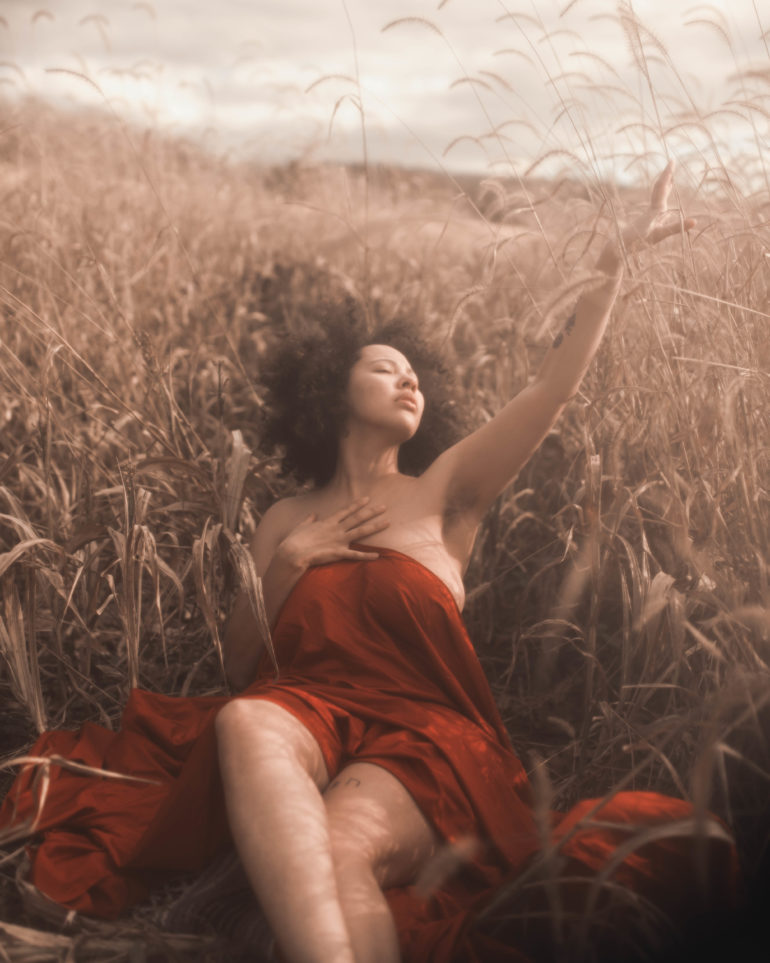
Phoblographer: These are difficult times in 2020. How has your creativity been impacted, and what’s keeping you inspired?
LR: Yes, it is a challenging time, and I feel the world is ever-changing. For me, I want my art and platform to have a stance about the current times and speak to the history that is happening now. Right now, I am dedicated to learning and putting true action and care into how a platform is used and how my art can impact change.
“Community and action are important to me, and with that also comes dedication and responsibility to the progression of my life as a bi-racial woman, photographer, and entrepreneur.”
— Larissa Ramey
I took a step back for a couple of months from personal work and focused on submitting to exhibitions, co-running a collective, and organizing my next steps for my creative journey. It’s important to rest and reflect. That could mean updating your website, planning a month of shoots, organizing your thoughts and projects, anything really I feel as long as you take those steps to improve yourself and craft.
Phoblographer: Looking forward, what would be your biggest goal as a model and as a photographer?
LR: My goals are to continue to use my art and platform for collaboration and give access to those who are looking to grow as artists. Community and action are important to me, and with that also comes dedication and responsibility to the progression of my life as a bi-racial woman, photographer, and entrepreneur.
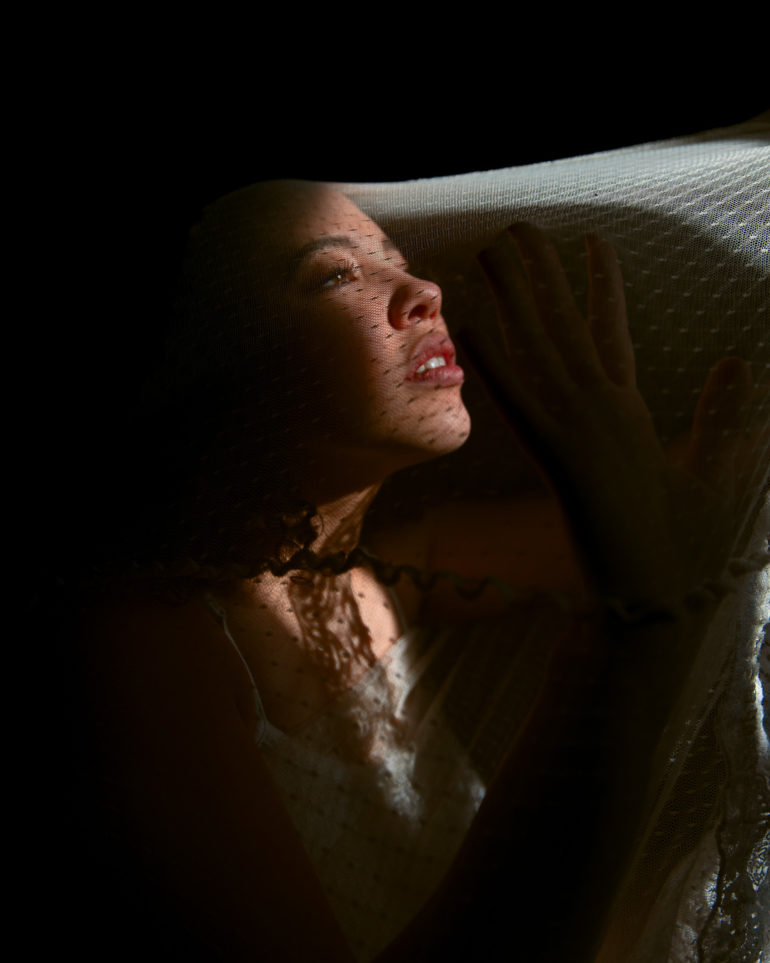
Phoblographer: Finally, to put you on the spot, if you could only do one, would be modeling or photography?
LR: I would choose to be a photographer, no doubt about it!
You can see more of Larissa’s work by visiting her Instagram


